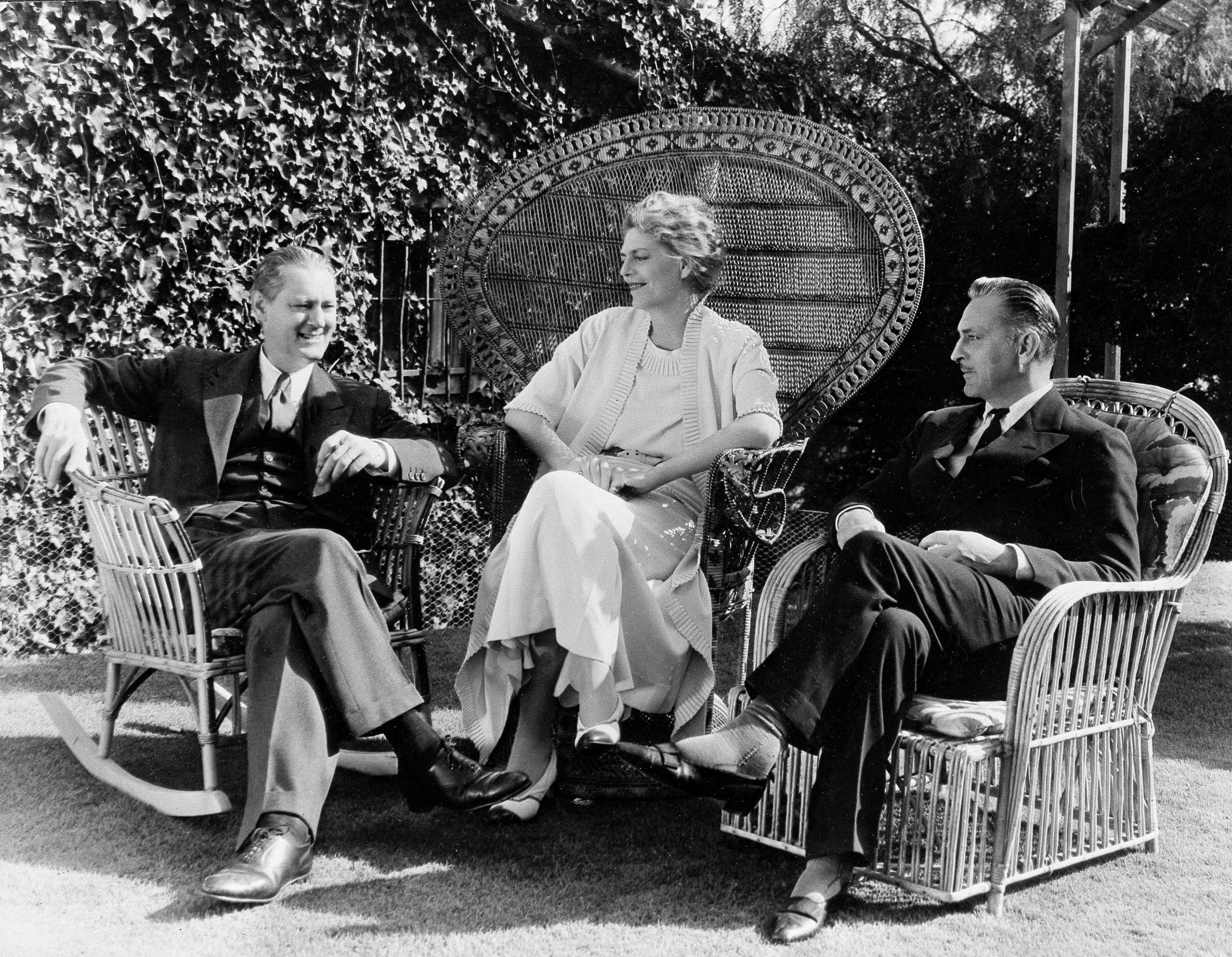Barrymore is the family name of several noted American actors and actresses. The most famous members were the stage and motion-picture performers Lionel, Ethel, and John Barrymore. They were the children of actor Maurice Barrymore, born Maurice Blyth (sometimes spelled Blythe; 1847-1905), and actress Georgianna Drew Barrymore (1856-1893). All three were born in Philadelphia. Georgianna’s father was the Irish-born actor John Drew, Sr. (1827-1862). Other performers in the family include the American actor John Drew, Jr. (1853-1927), the son of John Drew, Sr.; Diana Barrymore (1921-1960), the daughter of John Barrymore; and Drew Barrymore (1975-…), the granddaughter of John Barrymore.

Lionel Barrymore
(1878-1954) first appeared on the stage in The Road to Ruin in 1893. He co-starred with his brother, John, in Peter Ibbetson in 1917 and The Jest in 1919. Lionel performed successfully in the theater until the 1920’s. After a series of stage failures, he withdrew from the stage in 1925 and spent the rest of his career performing in motion pictures. He gained acclaim for such movies as David Copperfield (1935), Captains Courageous (1937), and the Dr. Kildare series, which started in 1938. He won the Academy Award for best performance by an actor in 1930-1931 for A Free Soul. Lionel Herbert Blyth was born on April 28, 1878, and died on Nov. 15, 1954.
Ethel Barrymore
(1879-1959) had her first major stage success in Captain Jinks of the Horse Marines in 1901. She had a long theater career, starring most notably as Miss Moffat in The Corn Is Green in 1940. Her many films include The Spiral Staircase (1946) and Kind Lady (1951). She won the 1944 Academy Award for best performance by an actress in a supporting role for None But the Lonely Heart. Ethel Mae Blyth was born on Aug. 15, 1879, and died on June 18, 1959.
John Barrymore
(1882-1942) made his stage debut in 1903. He established himself as one of the outstanding actors of his generation in Justice in 1916, Redemption in 1918, Richard III in 1920, and Hamlet in 1922 and 1925. After Hamlet, he left the stage for a film career. Although Barrymore dissipated his talent in alcoholism, he made a number of highly praised screen appearances, notably in Counselor-at-Law (1933), Twentieth Century (1934), and Romeo and Juliet (1936). John Sidney Blyth was born on Feb. 14, 1882, and died on May 29, 1942.
See also Drew, John, Jr.
